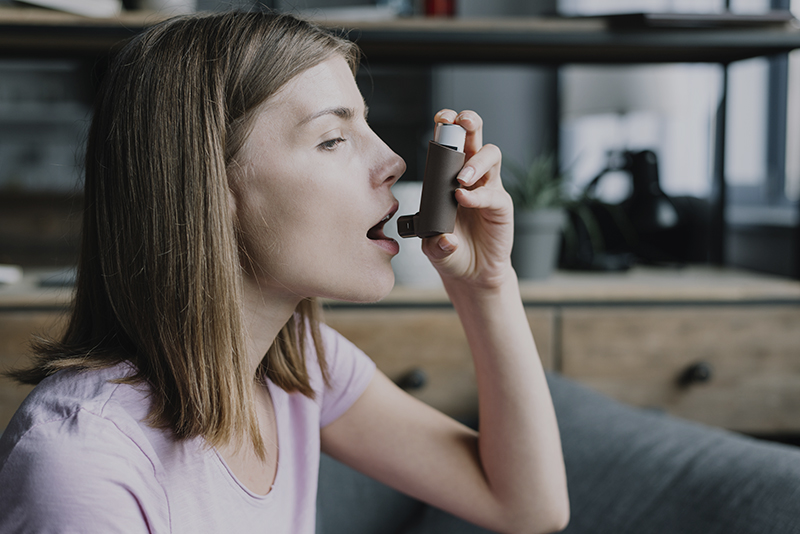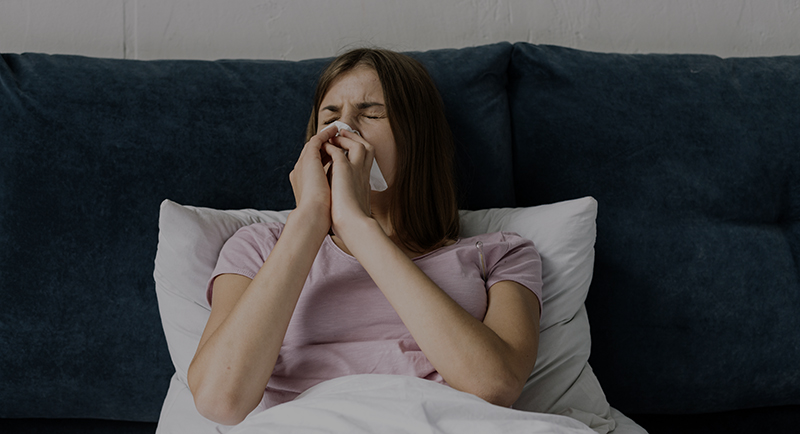
Tohidinik HR, Mallah N, Takkouche B.
Allergic rhinitis has been suspected to be a risk factor for asthma in several studies but this association is not firmly established. The objective of this study was to synthesize the evidence of the association between allergic rhinitis and the risk of asthma through a systematic review and meta-analysis.
We performed a search in Medline, Scopus, ISI Proceedings databases and other databases from inception until February 2019, followed by manual search to identify potentially relevant case-control and cohort studies that reported relative risk estimates and confidence intervals of the association between allergic rhinitis and asthma. Cross-sectional studies were excluded. Pooled odds ratios (ORs) and 95% confidence intervals (CIs) were calculated using fixed and random effects models and quality of studies was assessed through a modified version of the Newcastle-Ottawa scale.
















